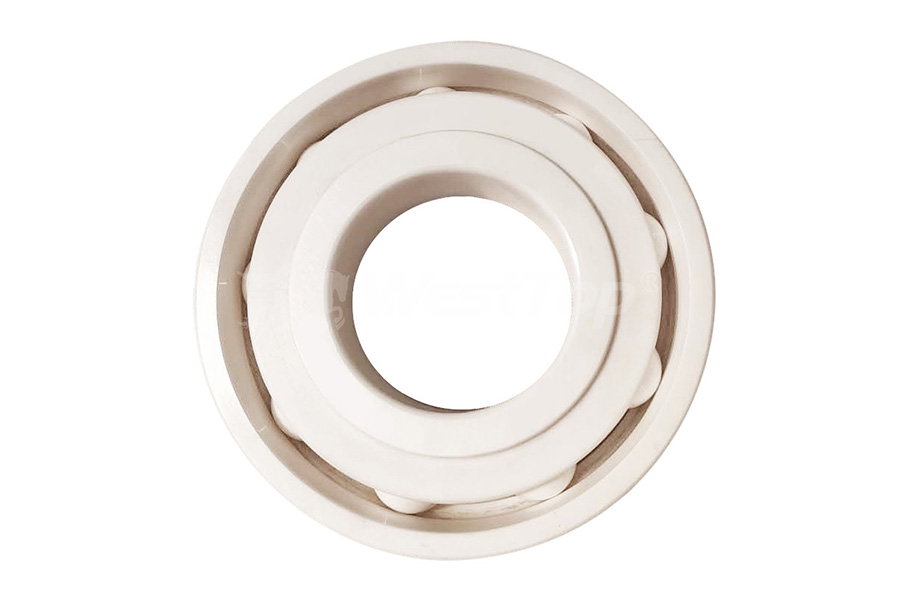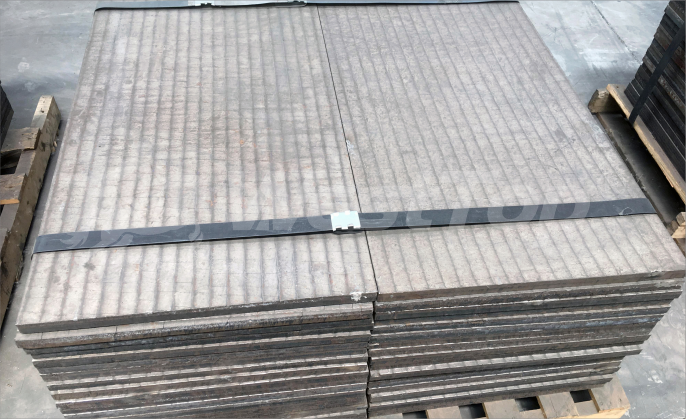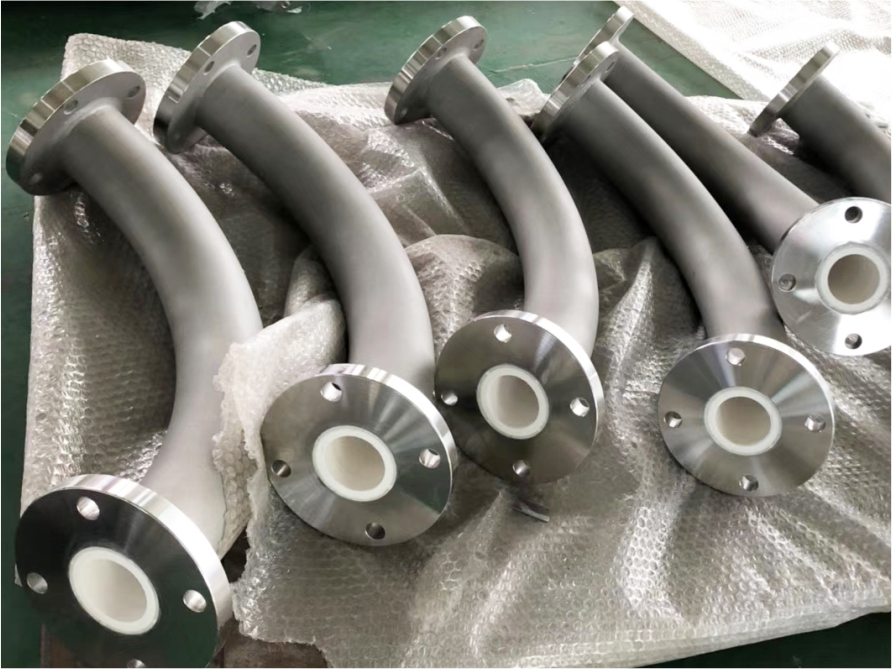High purity alumina ceramic is a kind of wear-resistant material with high purity, high wear resistance and high temperature resistance. It is widely used in semiconductor, chemical, electronic, mechanical and other fields. The following should be noted during the storage process.

1, High purity alumina ceramics should be kept clean during storage. If the moisture content of the wear-resistant ceramics is too high, it will affect the performance, making the wear-resistant ceramics fragile and easy to blister. Therefore, it is recommended that high-purity alumina pottery be stored in dry, less dusty, avoid direct sunlight and humid areas.
2, We should avoid mixing high-purity alumina ceramics with other materials. Wear-resistant ceramics have high hardness, brittleness and fragility. Once the friction or impact with other materials, it is easy to produce cracks. Therefore, in the area where high-purity alumina ceramics are stored, mixing with other materials should be avoided and there should be protective measures around them to prevent unnecessary damage.
3,We must ensure the high-purity alumina ceramics’surface gloss During storage. The surface of structural ceramics has a great influence on their properties. If the surface is not smooth and has scratches, it will affect the compressive strength and sealing performance. Therefore, during the storage process, it is necessary to keep the surface of the ceramic smooth, avoid contact with other hard objects, prevent scratches and other measures.
4, We should pay attention to the high purity alumina ceramics’correct packaging. Structural ceramics are vulnerable to external damage during transportation and storage, so the choice of packaging materials is very important. For high-purity alumina ceramics, we use high-quality foam packaging to prevent impact and wear during storage and transportation, it can play a buffering role.
We need to pay attention to keep clean, avoid mixing with other materials, maintain the ceramics’surface gloss, use the correct packaging materials, and avoid the risk of quality problems and damage in the alumina ceramics’storage process, so as to provide more efficient and reliable technical support for industrial production.



